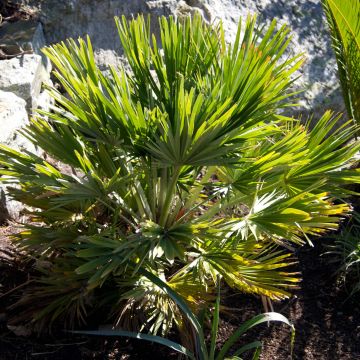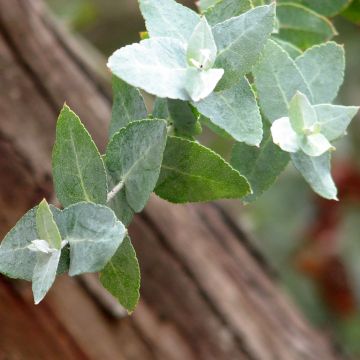

Sycoparrotia semidecidua Autunno Rosso
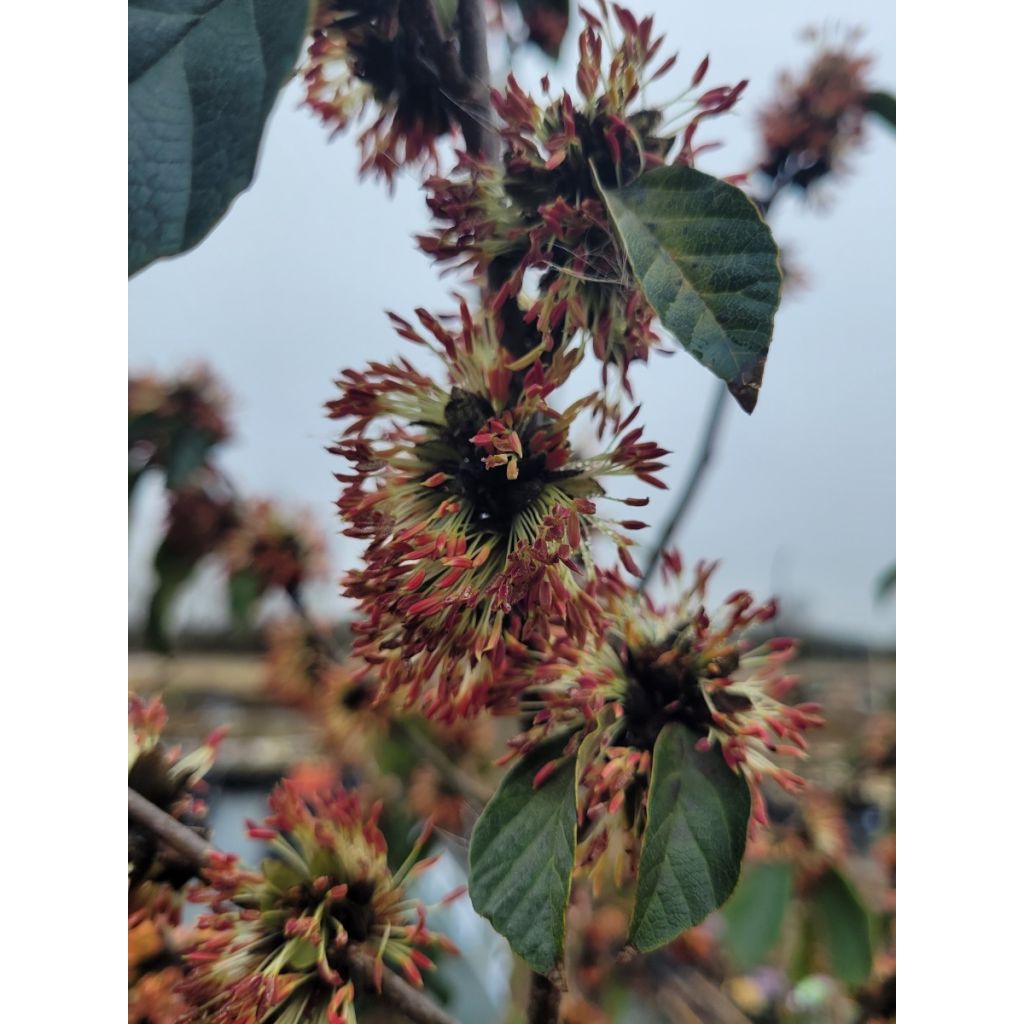

Sycoparrotia semidecidua Autunno Rosso


Sycoparrotia semidecidua Autunno Rosso
Sycoparrotia semidecidua Autunno Rosso
(x) Sycoparrotia semidecidua Autunno Rosso
This item cannot be shipped to the selected country
Oversize package delivery charge from €6.90
More information
Schedule delivery date,
and select date in basket
This plant carries a 24 months recovery warranty
More information
We guarantee the quality of our plants for a full growing cycle, and will replace at our expense any plant that fails to recover under normal climatic and planting conditions.
Oversize package: home delivery by special carrier from €6.90 per order..
Express home delivery from €8.90.
Does this plant fit my garden?
Set up your Plantfit profile →
Description
Sycoparrotia semidecidua Autunno Rosso is an unusual small tree or large bush that will delight plant enthusiasts. Resulting from the cross-breeding of the Parrotia persica and the Sycopsis sinensis, it is interesting for its more or less evergreen foliage that takes on beautiful shades of yellow, orange, and red in autumn, a spectacle that can also be enjoyed in winter if the temperatures are not too low. Its flowering, which resembles that of Hamamelis, occurs at the very beginning of spring, in the form of small red and yellow digitate flowers surrounded by brown bracts.
Sycoparrotia semidecidua belongs, like its two parents, to the Hamamelidaceae family, which includes a few other genera appreciated by enthusiasts, such as Hamamelis of course, but also Corylopsis, Loropetalum, and Fothergilla. Less known than the deciduous Parrotia persica, which is native to northern Iran and eastern Caucasus, its second parent, the Sycopsis sinensis, native to the Chinese mountains, has the advantage of having evergreen foliage. The result of this cross-breeding, discovered and described for the first time in Switzerland in 1968, is a large bush whose foliage and habit exhibit characteristics intermediate between those of the two parents. With a narrow and upright habit when young, the bush develops over time into a broadly oval and very dense crown. Its foliage is deciduous below -10 °C and its growth is moderately fast.
Sycoparrotia semidecidua Autunno Rosso can form a more or less spreading large bush, 5 m (16 ft) tall and 3 to 4 m (10 to 13 ft) wide. It can also be trained, either on a single trunk or more often on several trunks, which are covered with a brown-grey bark. Its leaves, arranged alternately on the branches, are simple, elliptical to oblong, entire or toothed at the edges, shiny dark green on the upper side, paler underneath. Pinkish when budding, they turn green during the growing season, and then take on beautiful shades ranging from yellow to scarlet red, passing through pink and violet in autumn and winter. The flowering, devoid of fragrance, occurs in February-March in the axils of the leaves, in the form of rather inconspicuous flowers arranged in clusters. Each flower consists of red anthers surrounded by small brown bracts. The fruit of this bush is a capsule. This large bush is hardy down to approximately -15 °C.
Sycoparrotia semidecidua Autunno Rosso will naturally earn its place as a specimen plant in a small garden, in a mixed hedge, or in a shrub grove. It will be perfect at the back of a border to provide a green backdrop for lower shrubs, preferably deciduous ones so as not to obscure the spectacle of its autumn colours. Combine it with e.g. Clethra alnifolia Anne Bidwell, whose yellow autumn colouring will complement that of Autunno Rosso. In a large garden you can plant a caramel tree, or Cercidiphyllum japonicum, behind the Sycopparotia to create a magical autumn scene. And to enhance its rather inconspicuous flowering nothing beats pairing it with a Hamamelis: choose from among the various available varieties, each one more fascinating than the last with their delicate and very bright winter blooms.
Report an error about the product description
Sycoparrotia semidecidua Autunno Rosso in pictures




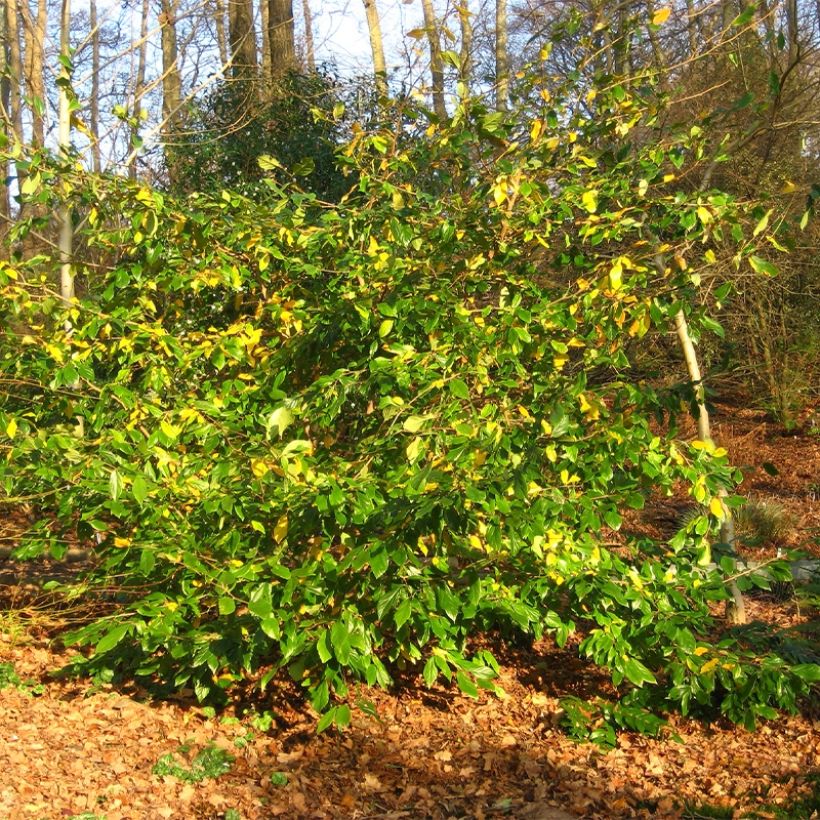

Plant habit
Flowering
Foliage
Botanical data
(x) Sycoparrotia
semidecidua
Autunno Rosso
Hamamelidaceae
Cultivar or hybrid
Other Shrubs A to Z
Planting and care
Plant Sycoparrotia semidecidua in spring or autumn, in any deep, acidic, neutral or even slightly alkaline soil, moist to not too dry, but well-drained. It will thrive in partial shade or full sun, in a sheltered position away from dry and cold winds. It is commonly accepted that the autumn shades of the canopy will be more intense in slightly acidic and moist soil and with a sunny but not scorching exposure.
Planting period
Intended location
Care
This item has not been reviewed yet - be the first to leave a review about it.
Striking foliage shrubs
Haven't found what you were looking for?
Hardiness is the lowest winter temperature a plant can endure without suffering serious damage or even dying. However, hardiness is affected by location (a sheltered area, such as a patio), protection (winter cover) and soil type (hardiness is improved by well-drained soil).

Photo Sharing Terms & Conditions
In order to encourage gardeners to interact and share their experiences, Promesse de fleurs offers various media enabling content to be uploaded onto its Site - in particular via the ‘Photo sharing’ module.
The User agrees to refrain from:
- Posting any content that is illegal, prejudicial, insulting, racist, inciteful to hatred, revisionist, contrary to public decency, that infringes on privacy or on the privacy rights of third parties, in particular the publicity rights of persons and goods, intellectual property rights, or the right to privacy.
- Submitting content on behalf of a third party;
- Impersonate the identity of a third party and/or publish any personal information about a third party;
In general, the User undertakes to refrain from any unethical behaviour.
All Content (in particular text, comments, files, images, photos, videos, creative works, etc.), which may be subject to property or intellectual property rights, image or other private rights, shall remain the property of the User, subject to the limited rights granted by the terms of the licence granted by Promesse de fleurs as stated below. Users are at liberty to publish or not to publish such Content on the Site, notably via the ‘Photo Sharing’ facility, and accept that this Content shall be made public and freely accessible, notably on the Internet.
Users further acknowledge, undertake to have ,and guarantee that they hold all necessary rights and permissions to publish such material on the Site, in particular with regard to the legislation in force pertaining to any privacy, property, intellectual property, image, or contractual rights, or rights of any other nature. By publishing such Content on the Site, Users acknowledge accepting full liability as publishers of the Content within the meaning of the law, and grant Promesse de fleurs, free of charge, an inclusive, worldwide licence for the said Content for the entire duration of its publication, including all reproduction, representation, up/downloading, displaying, performing, transmission, and storage rights.
Users also grant permission for their name to be linked to the Content and accept that this link may not always be made available.
By engaging in posting material, Users consent to their Content becoming automatically accessible on the Internet, in particular on other sites and/or blogs and/or web pages of the Promesse de fleurs site, including in particular social pages and the Promesse de fleurs catalogue.
Users may secure the removal of entrusted content free of charge by issuing a simple request via our contact form.
The flowering period indicated on our website applies to countries and regions located in USDA zone 8 (France, the United Kingdom, Ireland, the Netherlands, etc.)
It will vary according to where you live:
- In zones 9 to 10 (Italy, Spain, Greece, etc.), flowering will occur about 2 to 4 weeks earlier.
- In zones 6 to 7 (Germany, Poland, Slovenia, and lower mountainous regions), flowering will be delayed by 2 to 3 weeks.
- In zone 5 (Central Europe, Scandinavia), blooming will be delayed by 3 to 5 weeks.
In temperate climates, pruning of spring-flowering shrubs (forsythia, spireas, etc.) should be done just after flowering.
Pruning of summer-flowering shrubs (Indian Lilac, Perovskia, etc.) can be done in winter or spring.
In cold regions as well as with frost-sensitive plants, avoid pruning too early when severe frosts may still occur.
The planting period indicated on our website applies to countries and regions located in USDA zone 8 (France, United Kingdom, Ireland, Netherlands).
It will vary according to where you live:
- In Mediterranean zones (Marseille, Madrid, Milan, etc.), autumn and winter are the best planting periods.
- In continental zones (Strasbourg, Munich, Vienna, etc.), delay planting by 2 to 3 weeks in spring and bring it forward by 2 to 4 weeks in autumn.
- In mountainous regions (the Alps, Pyrenees, Carpathians, etc.), it is best to plant in late spring (May-June) or late summer (August-September).
The harvesting period indicated on our website applies to countries and regions in USDA zone 8 (France, England, Ireland, the Netherlands).
In colder areas (Scandinavia, Poland, Austria...) fruit and vegetable harvests are likely to be delayed by 3-4 weeks.
In warmer areas (Italy, Spain, Greece, etc.), harvesting will probably take place earlier, depending on weather conditions.
The sowing periods indicated on our website apply to countries and regions within USDA Zone 8 (France, UK, Ireland, Netherlands).
In colder areas (Scandinavia, Poland, Austria...), delay any outdoor sowing by 3-4 weeks, or sow under glass.
In warmer climes (Italy, Spain, Greece, etc.), bring outdoor sowing forward by a few weeks.






































